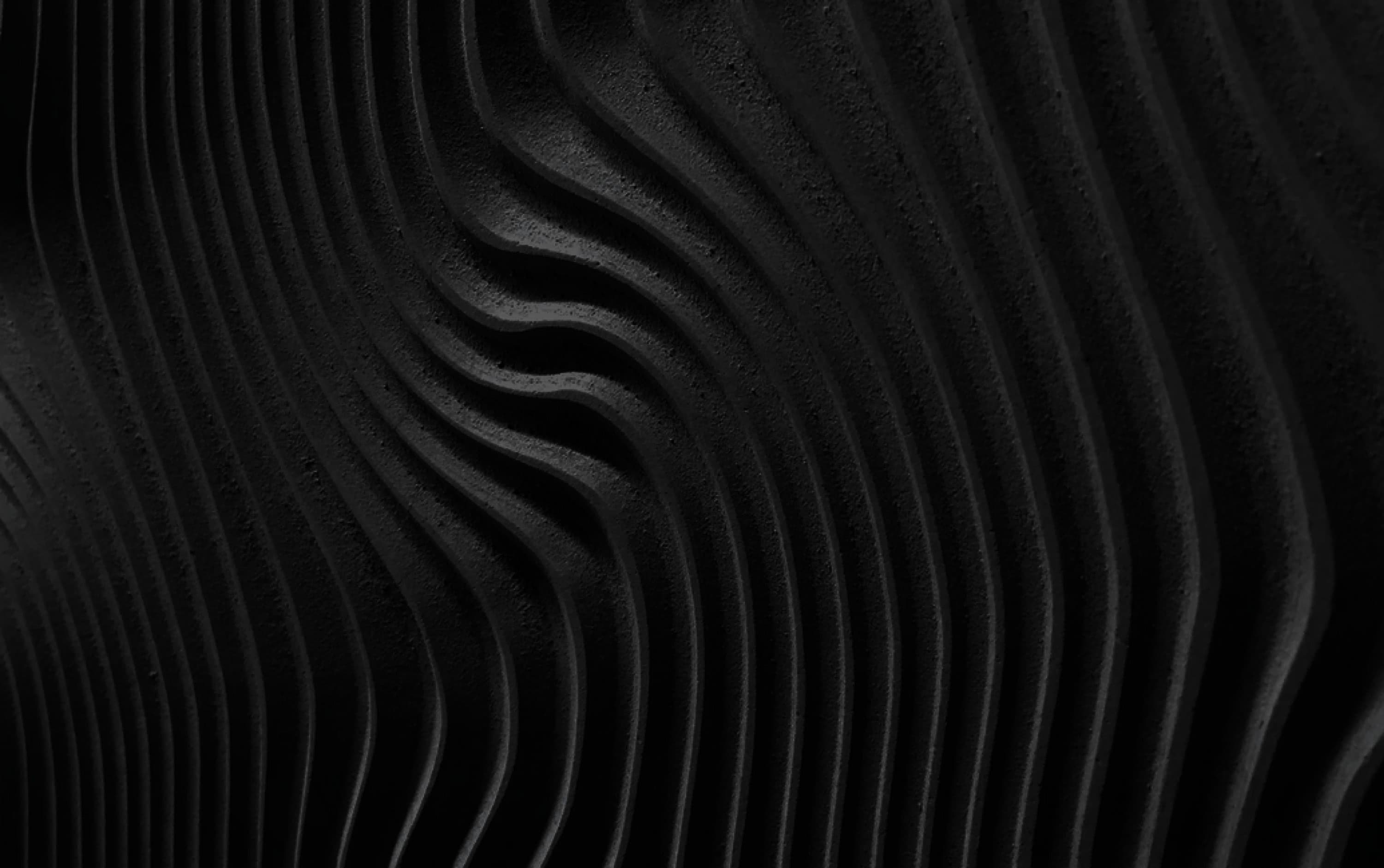Treble Technologies and Hugging Face have partnered to make physically accurate acoustic simulation data openly accessible to the global research community.
As part of this collaboration, we are releasing the Treble10 dataset, a new open dataset containing broadband room impulse responses (RIRs) and speech-convolved acoustic scenes from ten distinct furnished rooms. The dataset is now freely available on the Hugging Face Hub for non-commercial research.
This collaboration aims to lower the barrier to entry for audio and speech machine learning research by providing high-quality, physics-based acoustic data that was previously difficult to obtain or reproduce.
A new open dataset for acoustic AI and audio ML
The Treble10 dataset provides a high-fidelity, physically grounded foundation for advancing automatic speech recognition (ASR), speech enhancement, dereverberation, source localization, and spatial audio research.
All simulations were created using the Treble SDK, Treble’s cloud-based acoustic simulation engine. The SDK employs a hybrid modeling approach that combines wave-based finite element (DG-FEM) simulations at low to mid frequencies with geometrical acoustics at high frequencies. This enables full-band 32 kHz RIRs that capture diffraction, interference, scattering, and reverberation across a wide range of realistic spaces.
Dataset overview
The Treble10 dataset includes simulated acoustics from 10 furnished rooms, carefully selected to represent diverse real-world environments:
- 2 bathrooms
- 2 bedrooms
- 2 living rooms with hallway
- 2 living rooms without hallway
- 2 meeting rooms
Room volumes and reverberation times span a broad range, representing both compact reflective spaces and larger absorptive ones. Every simulation has been validated to ensure geometric and physical consistency.
Dataset structure
The dataset is organized into six subsets, designed to support various machine learning and signal processing tasks:
- Treble10-RIR-mono – Mono RIRs between 5 sound sources and multiple receiver positions in each room, spaced on 0.5 m grids at three heights (0.5 m, 1.0 m, 1.5 m).
- Treble10-RIR-HOA8 – 8th-order Ambisonics RIRs using identical spatial configurations as the mono subset.
- Treble10-RIR-6chDevice – Six-channel recordings from a cylindrical microphone array placed at each receiver position.
- Treble10-Speech-mono - Each RIR from the RIR-mono subset is convolved with a speech file from the LibriSpeech test set.
- Treble10-Speech-HOA8 - Each Ambisonics RIR from the RIR-HOA subset is convolved with a speech file from the LibriSpeech test set
- Treble10-Speech-6chDevice - Each DeviceRIR from the RIR-6chDevice subset is convolved with a speech file from the LibriSpeech test set.
In total, the dataset contains roughly 3,000 source-receiver configurations, each generated with verified physical accuracy.
Why accessibility matters
Collecting large, diverse, and high-quality acoustic data has traditionally been resource-intensive and difficult to scale. Physical measurements require time, space, and specialized equipment, making large-scale data collection for AI research impractical.
By making simulated acoustics freely available, Treble10 enables researchers everywhere to explore room-acoustic diversity without the need for costly measurement campaigns. This accessibility supports faster experimentation, reproducibility, and collaboration across research groups and institutions.
Beyond Treble10: Scaling with the Treble SDK
While Treble10 provides a curated sample of acoustic environments, it represents only a fraction of what can be achieved using the Treble SDK.
The SDK allows research and development teams to programmatically generate thousands of rooms, devices, and acoustic configurations, all simulated with physical accuracy and controlled variability. It enables:
- Large-scale synthetic dataset generation for training and evaluating ML models
- Virtual prototyping of audio products and room designs
- Automated Python-based workflows for acoustic simulation and algorithm development
This combination of physical precision, automation, and scale opens new possibilities for both scientific research and product innovation.
Open access collaboration
The Treble10 dataset is freely available for non-commercial use on the Hugging Face Hub. We encourage the community to use, analyze, and build upon the data, and to share insights that help advance the state of audio and speech technology.
This collaboration underscores our commitment to making accurate, high-quality acoustic data accessible enabling researchers and engineers worldwide to better understand, model, and design how the world sounds.
